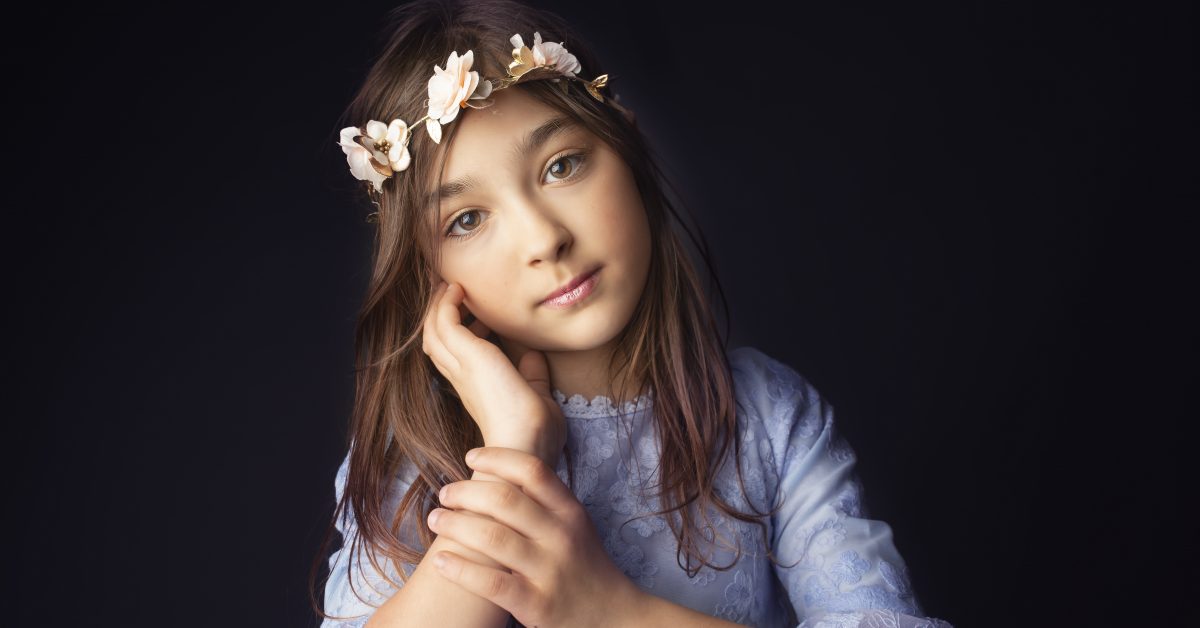As a professional photographer, understanding the exposure triangle is crucial to creating a well-exposed image. The exposure triangle consists of three elements: aperture, shutter speed, and ISO. In this blog post, I will explain the exposure triangle and how to use it to create stunning images.
Aperture:
Aperture is the opening in the lens through which light passes. It is measured in f-stops and determines how much light enters the camera. A wide aperture (low f-stop number) will let in more light, creating a shallow depth of field and a blurred background. A narrow aperture (high f-stop number) will let in less light, creating a deep depth of field and a sharp background. The aperture also affects the exposure of the image, so it is essential to consider it when adjusting the exposure triangle.
Shutter Speed:
Shutter speed refers to the amount of time that the camera’s shutter is open. It is measured in seconds or fractions of a second. A fast shutter speed (1/500 or higher) will freeze motion and is perfect for capturing action shots. A slow shutter speed (1/60 or slower) will create motion blur, which can be used creatively to capture movement in the image. It’s important to note that the shutter speed also affects the exposure, so it should be adjusted in conjunction with the aperture and ISO.
ISO:
ISO refers to the camera’s sensitivity to light. A high ISO (800 or higher) will make the camera more sensitive to light, allowing for a brighter image in low-light situations. However, it can also create digital noise and reduce image quality. A low ISO (100-400) will produce a cleaner image, but it may require a longer exposure time or a wider aperture to compensate for the lower sensitivity to light.
Putting it all together:
The exposure triangle is all about balancing these three elements to create the perfect exposure for your image. A properly exposed image is one where the subject is well-lit, the colors are accurate, and the shadows and highlights are balanced. To achieve this, you must adjust the aperture, shutter speed, and ISO until you get the perfect exposure.
In conclusion, the exposure triangle is a critical concept in photography. By understanding the relationship between aperture, shutter speed, and ISO, you can take control of your camera and create stunning images. Don’t be afraid to experiment with different settings to find the perfect exposure for your image. Remember, practice makes perfect, so keep shooting and have fun!







































Leave a reply